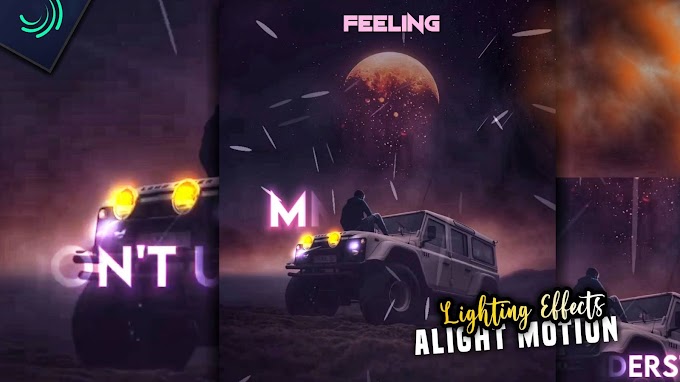3D Smooth Template
A 3D smooth transition refers to a seamless and gradual change between different states or positions in a three-dimensional space. It is often used in computer graphics, animation, and visual effects to create fluid and natural-looking movements or transformations.
The concept of smooth transition involves ensuring that the transition between two states or positions in 3D space appears visually pleasing and realistic. It aims to eliminate abrupt changes or jarring movements that can disrupt the overall aesthetic or create a sense of discontinuity.
To achieve a 3D smooth transition, various techniques can be employed, such as:
Interpolation: Interpolation is the process of calculating intermediate values between two known values. In the context of 3D graphics, interpolation can be used to determine the positions, orientations, or other attributes of an object or camera between keyframes. By smoothly interpolating these values over time, a smooth transition is achieved. Common interpolation methods include linear interpolation (lerping), Bezier curves, or spline-based techniques like Catmull-Rom or B-splines.
Easing functions: Easing functions, also known as interpolation curves or timing functions, provide control over the rate of change during a transition. They define how the transition accelerates or decelerates over time, affecting the speed and smoothness of the movement. Common easing functions include linear easing (constant speed), ease-in (slow start), ease-out (slow end), and ease-in-out (slow start and end with faster middle).
Physics-based simulations: In some cases, a smooth transition can be achieved by simulating real-world physical properties and forces. For example, when animating the movement of a character, physics-based simulations can be used to handle interactions with gravity, friction, or other environmental factors. This approach can add a level of realism to the animation and ensure smooth and natural-looking transitions.
Overall, a 3D smooth transition requires careful attention to detail, proper interpolation techniques, and appropriate easing functions or physics-based simulations. By combining these elements effectively, it is possible to create visually pleasing and seamless transitions in a three-dimensional space.
A transition template, in the context of video editing or motion graphics, refers to a pre-designed or pre-built visual effect that facilitates smooth transitions between two video clips or scenes. It provides a consistent and visually appealing way to switch from one element to another, enhancing the overall flow and coherence of a video production.
Transition templates are commonly used in video editing software or specialized motion graphics tools. They offer a range of creative options and styles to choose from, allowing video editors to add professional-looking transitions without having to create them from scratch. These templates typically come with adjustable parameters or customization options to tailor the transition effect to specific needs.
Here are some key aspects of transition templates:
Pre-designed effects: Transition templates come with pre-built visual effects that determine how one video clip or scene morphs into the next. Examples include fades, dissolves, wipes, slides, flips, and many others. These effects can be subtle or elaborate, depending on the desired aesthetic and creative intent.
Duration and timing: Transition templates often allow users to define the duration and timing of the transition effect. This control enables precise synchronization with the underlying audio or visual elements in the video, ensuring a smooth and seamless transition.
Customization options: Transition templates offer various customization parameters to tailor the effect to the specific project. These options may include adjusting the direction, speed, color, shape, or additional stylistic elements of the transition.
Transitions for different purposes: Transition templates can cater to different purposes and contexts. For instance, there may be templates suitable for corporate videos, documentaries, music videos, or social media content. Each template can have its unique design elements that align with the intended mood, genre, or theme.
By using transition templates, video editors can save time and effort in creating complex transition effects manually. These templates provide a convenient way to add visual polish and professionalism to video projects, regardless of the editor's skill level or experience with motion graphics.





0 Comments